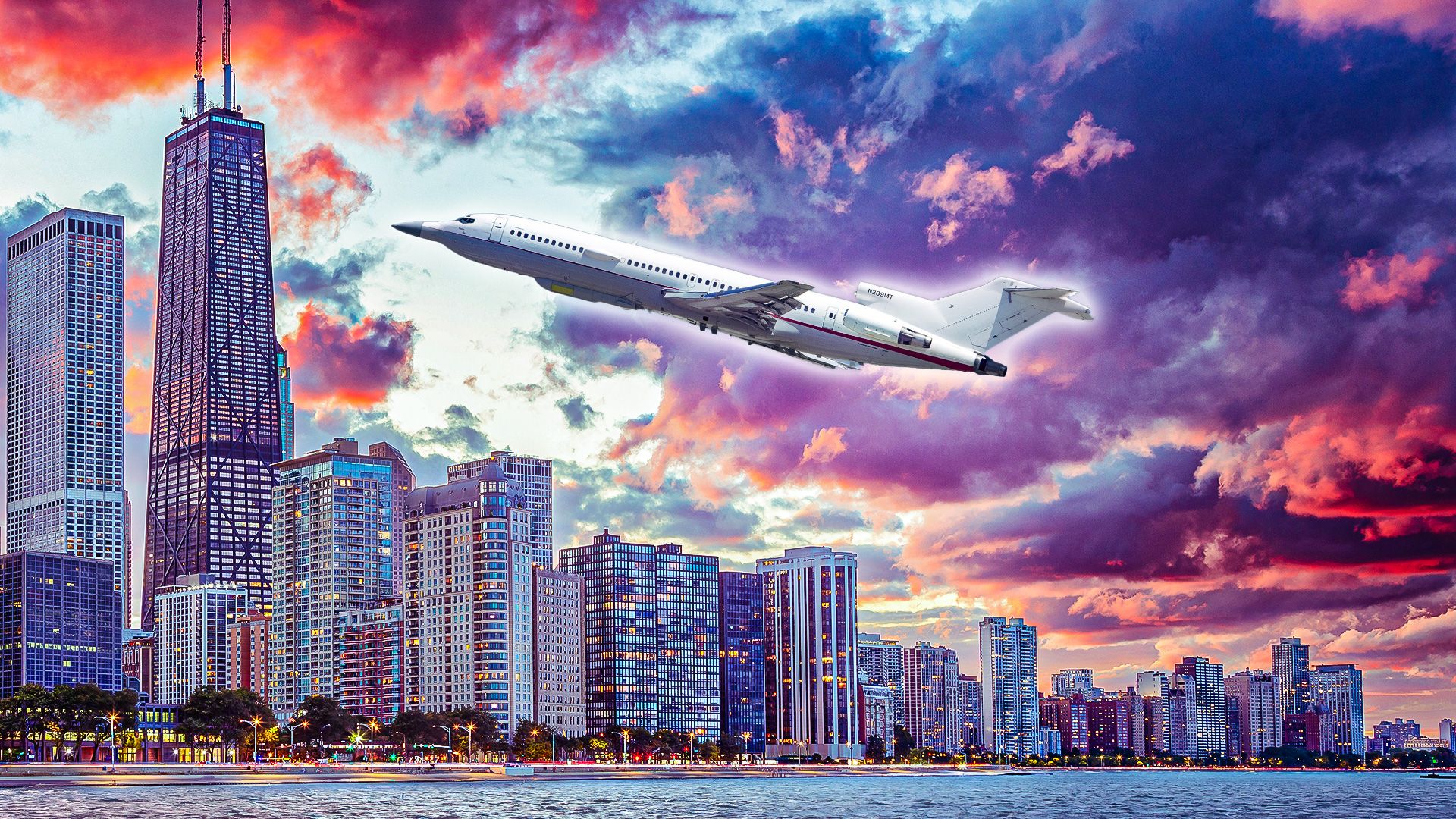In a dramatic shift from aviation hub to green space, Chicago’s once-beloved Meigs Field has transformed into Northerly Island Park, a public area that honors its legacy while embracing ecological restoration. Opened in December 1948, Meigs Field (CGX) was a vital part of the city’s transportation network, offering stunning views of the downtown skyline and Lake Michigan. The airport gained a special place in popular culture when it became the default starting location in Microsoft Flight Simulator 2000, introducing countless users to the joy of flying.
Despite its significance, city leaders, particularly then-Mayor Richard M. Daley, envisioned a different future for the site. In March 2003, an unexpected and controversial decision led to the airport’s closure. Under the cover of darkness, construction crews destroyed the runway, an action that sparked outrage among pilots, aviation enthusiasts, and the general public. This event, dubbed “Daley’s Midnight Raid,” left 16 aircraft stranded and marked a pivotal moment in Chicago’s urban history.
From Airport to Park: The Transformation of Northerly Island
Following the abrupt closure of Meigs Field, Chicago seized the chance to reclaim valuable lakefront land for public use. The city, guided by Daley’s vision of a park in line with Daniel Burnham’s original plan for a green lakefront, initiated the transformation of the 91-acre peninsula into Northerly Island Park. By 2005, demolition was complete, and efforts to restore natural habitats began.
The park now features a diverse ecosystem, including wetland systems, migratory bird habitats, and native plant prairies, replacing the former taxiways and hangars. Collaboration among city officials, environmentalists, and the architecture firm Studio Gang resulted in a space designed for climate resilience and public enjoyment. Today, the park includes a five-acre lagoon, rolling hills, and paths for pedestrians and cyclists. The southern part serves as a serene nature sanctuary, while the northern section boasts the Huntington Bank Pavilion, a popular outdoor concert venue.
The Cultural Significance of Meigs Field
For generations of aviation enthusiasts, Meigs Field was more than just an airport. It represented access and an iconic experience for pilots drawn to its picturesque approach over the lakefront. The airport played host to small aircraft, helicopters, and air ambulances, providing crucial services while remaining close to the bustling downtown area. Its legacy extends into popular culture, where it has appeared in various films and television shows, further solidifying its status within aviation lore.
The destructive fate of Meigs Field left many in the aviation community feeling a profound loss. Its sudden demolition was perceived as not only an erasure of functional infrastructure but also the end of an era for private air travel in Chicago. The closure raised significant questions about the management of urban airports and the consultation processes involving key stakeholders, including the Federal Aviation Administration (FAA).
The transformation from airport to park illustrates a broader urban narrative. Northerly Island has become a case study in ecological reclamation, demonstrating how former transportation infrastructure can be repurposed to meet community and environmental needs. Urban planners often cite this project as a model for balancing legacy infrastructure with future urban demands.
As cities continue to expand, the discussion around land use becomes increasingly relevant. The closure of Meigs Field highlights the complexities involved in prioritizing urban real estate, whether for mobility, green space, or resilience. In this instance, the balance has shifted towards nature and public access, creating a vibrant community space.
The question of whether a lakefront airport like Meigs Field could ever return remains a topic of heated debate among aviation enthusiasts and city planners. In a landscape where urban real estate is highly valued and sustainability takes precedence, the likelihood of reopening such a facility seems slim. Regulatory challenges, environmental concerns, and public sentiment favoring green spaces present substantial barriers to the establishment of a new airport in this location.
While Meigs Field may never rise again, its legacy lives on in the collective memory of those who experienced it, as well as in ongoing discussions about the future of urban aviation and public spaces. As Northerly Island continues to evolve, it stands as a testament to the importance of adapting urban environments to meet contemporary needs while honoring the past.
The story of Meigs Field and Northerly Island Park encapsulates the dynamic nature of urban development, reflecting society’s ability to reshape spaces in response to changing priorities. From a bustling airport to a serene nature preserve, the land has undergone a profound transformation, inviting visitors to enjoy its beauty while remembering its rich history. As Chicago forges ahead, the legacy of Meigs Field serves as a poignant reminder of what cities value and how they navigate the balance between growth and preservation.
